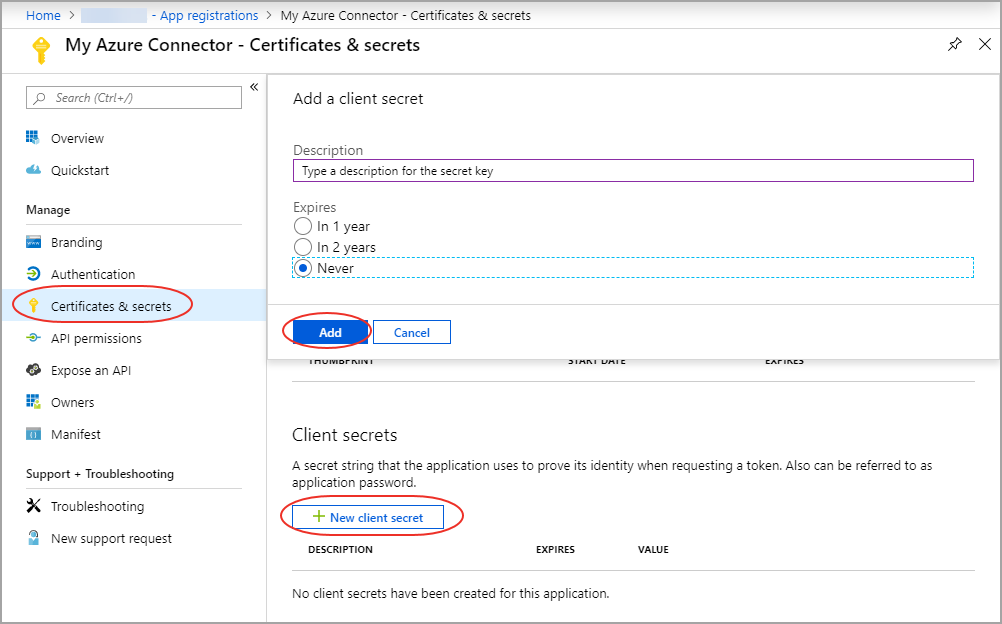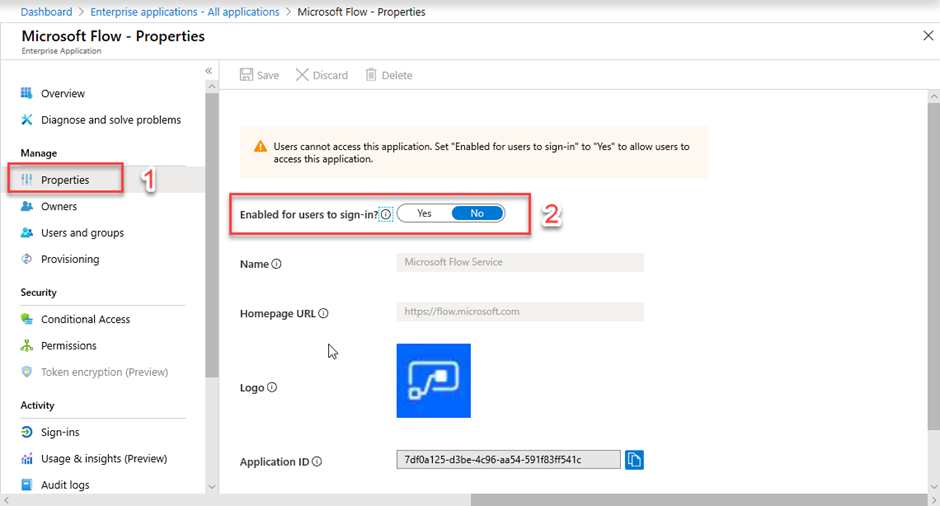
Their results suggested that wearing masks does have varying effects on speech recognition. Experiments by Toscano and Nguyen et al. also illustrated the impact of mask-wearing on voice recognition at low and higher frequencies. During the COVID-19 pandemic, a published study demonstrated a negative impact of personal protective equipment (PPE) on interpersonal healthcare communication in a clinical setting – including speech discrimination and understanding. Prior studies have described the types of errors which can be introduced by speech recognition – wrong tenses, word substitutions, word omissions, nonsense/incomplete phrases, punctuation errors, incorrect measurements, laterality errors, and wrong dates, among others – and potentially confusing errors have been shown to occur in more than 20% of routine radiology reports dictated using speech-recognition software.
AUTHENTICATION FAILS MICROSOFT WORD DICTATION SOFTWARE
Although there have been significant advances in speech-recognition software over the last 30 + years, automated transcription of speech remains imperfect even in optimal situations, with varying reports on accuracy. In modern radiology practices, there is widespread use of speech-recognition dictation software as a means to generate radiology reports and assist with patient care. Following this recommendation, most hospital systems have mandated the occupational use of masks to limit the spread of aerosols or droplets generated by activities like speaking. Public use of face masks has been one effective methods of source control recommended by the US Centers for Disease Control (CDC).


The COVID-19 pandemic has presented many challenges to businesses across the world, including hospital systems, and has necessitated rapid changes to the daily practice of medicine. Additionally, we find that most errors are minor single incorrect words and are unlikely to result in a medically relevant misunderstanding. We conclude that wearing a mask results in a near-significant increase in the rate of dictation errors in unedited radiology reports created with speech-recognition, although this difference may be accentuated in some groups of radiologists. The sensitivity analysis found a similar difference in error rates for all types of errors, although significance was attenuated (unmasked: 16.9 ± 1.9 errors per 1000 words, masked: 20.1 ± 2.2 errors per 1000 words adjusted p = 0.054). A sensitivity analysis was performed, excluding a reader with a large number of errors.


A statistical model was used to demonstrate that error rates for all types of errors were greater when masks are worn compared to when they are not (unmasked: 21.7 ± 4.9 errors per 1000 words, masked: 27.1 ± 2.2 errors per 1000 words adjusted p < 0.0001). Dictations were compared to model reports and errors were classified according to type and severity. Six randomized radiologists dictated using speech-recognition software with and without a surgical mask. Model radiology reports ( n = 40) simulated those typical for an academic medical center. IRB review was waived for this prospective matched-pairs study in which no patient data was used. Our aim was to determine the effect of wearing a surgical mask on the number and type of dictation errors in unedited radiology reports.


 0 kommentar(er)
0 kommentar(er)
